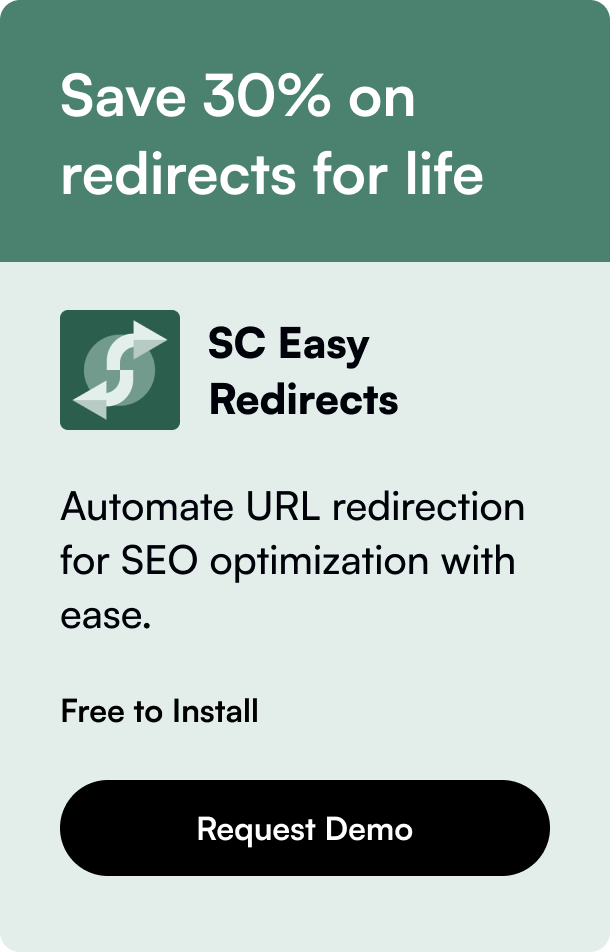Table of Contents
- Introduction
- The Basics of Sales Tax on Shopify
- The Pitfalls and How to Avoid Them
- Conclusion
- Charging Sales Tax FAQ
Introduction
Have you ever found yourself scratching your head, trying to figure out if Shopify handles sales tax collection for you? This question plagues many entrepreneurs diving into the online retail space, where the intricacies of sales taxation can be as varied as the products they sell. With the global e-commerce landscape evolving rapidly and tax laws undergoing continuous updates, understanding your responsibilities regarding sales tax collection becomes crucial. This blog post aims to demystify the process of sales tax collection on Shopify, offering clarity and guidance to ensure that your business remains compliant with tax regulations. By the end of this exploration, you'll grasp not just whether Shopify collects sales tax on your behalf but also how you can efficiently manage your tax obligations, thereby steering clear of potential legal pitfalls.
The Basics of Sales Tax on Shopify
At its core, Shopify offers entrepreneurs a robust platform to build and scale their online stores. However, when it comes to sales tax, the platform provides tools to automate the calculation process, but it stops short of filing or remitting these taxes for you. This distinction is critical to understand for anyone operating an e-commerce business in the United States.
Determining Your Tax Liability
Before you even start setting up taxes in Shopify, you need to determine where you're liable to collect sales tax. This determination is based on the concept of "nexus," a legal term that establishes your obligation to pay taxes within a particular jurisdiction. Generally, you have a nexus in the state where your business is located, but activities such as having a physical presence, employees, or reaching a certain threshold of sales in a state can also create nexus.
Physical vs. Economic Nexus
- Physical Nexus: Traditionally, having a physical presence in a state (offices, warehouses, employees) established nexus. This remains a determining factor for tax obligations.
- Economic Nexus: Following the Supreme Court ruling in South Dakota v. Wayfair, Inc. (2018), states can require online sellers to collect sales tax based on economic activity alone, such as reaching a sales or transaction volume threshold in the state, irrespective of physical presence.
Navigating the Sales Tax Maze
Configuring Shopify to manage your sales taxes involves several key steps:
- Registration with Tax Authorities: Before Shopify can collect sales tax on your behalf, you must be registered to collect taxes in states where you have a nexus.
- Setting Up Tax Collection in Shopify: Within the platform, you can configure your store to automatically calculate sales taxes at checkout based on your customer's shipping address and the tax rates of the jurisdiction.
- Managing Tax Rates and Nexus: Shopify keeps a database of tax rates which are updated regularly. However, as you expand or change your business activities, it's your responsibility to adjust your tax settings in Shopify accordingly.
The Pitfalls and How to Avoid Them
While Shopify simplifies the process of charging sales tax, the onus of understanding and staying compliant with tax laws falls on you, the merchant. Here are some strategies to ensure you remain on the right side of tax regulations:
- Stay Informed: Tax laws are constantly changing. Keeping abreast of changes in tax legislation within your nexus states is essential.
- Use Additional Resources: Consider using tax compliance software solutions that integrate with Shopify. These can offer more advanced features for tracking economic nexus and preparing tax reports.
- Consult Professionals: When in doubt, seeking advice from tax professionals can save you from costly mistakes and penalties.
Conclusion
Understanding and managing sales tax collection on Shopify doesn't have to be a daunting task. By grasping the fundamentals of nexus, configuring your Shopify store correctly, and staying proactive in your tax compliance efforts, you can streamline this aspect of your business. Remember, while technology can automate many processes, the responsibility for tax compliance ultimately rests with you. Regularly reviewing your tax settings, staying updated on legislation, and possibly engaging with tax professionals will ensure that your journey through the e-commerce landscape is both successful and compliant.
Charging Sales Tax FAQ
Q: How do I know if I need to charge sales tax? A: Determine if you have a physical or economic nexus in the states where you sell. If you meet the criteria for establishing a nexus, you should be charging sales tax.
Q: How do I calculate sales tax? A: Sales tax is calculated by applying the tax rate to the price paid when selling an item. The rate varies by state, local jurisdiction, product category, and other factors.
Q: How are specific products taxed? A: Most products are taxed at the default rate determined by state and local governments. However, some products may be taxed at lower rates or exempt, depending on local rules. Shopify can automatically apply product-specific rates if categorized correctly.
Q: What is the difference between sales tax and VAT? A: Sales tax is applied at the final point of sale, collected by the seller, and then remitted to the government. VAT is a consumption tax applied at each stage of the supply chain, with the tax burden ultimately falling on the end consumer. The US uses sales tax, not VAT.
Navigating the complexities of sales tax collection on Shopify requires diligence, but with the right approach, it is manageable. Stay informed, utilize available tools, and seek professional advice when needed to ensure your business thrives in a compliant manner.








